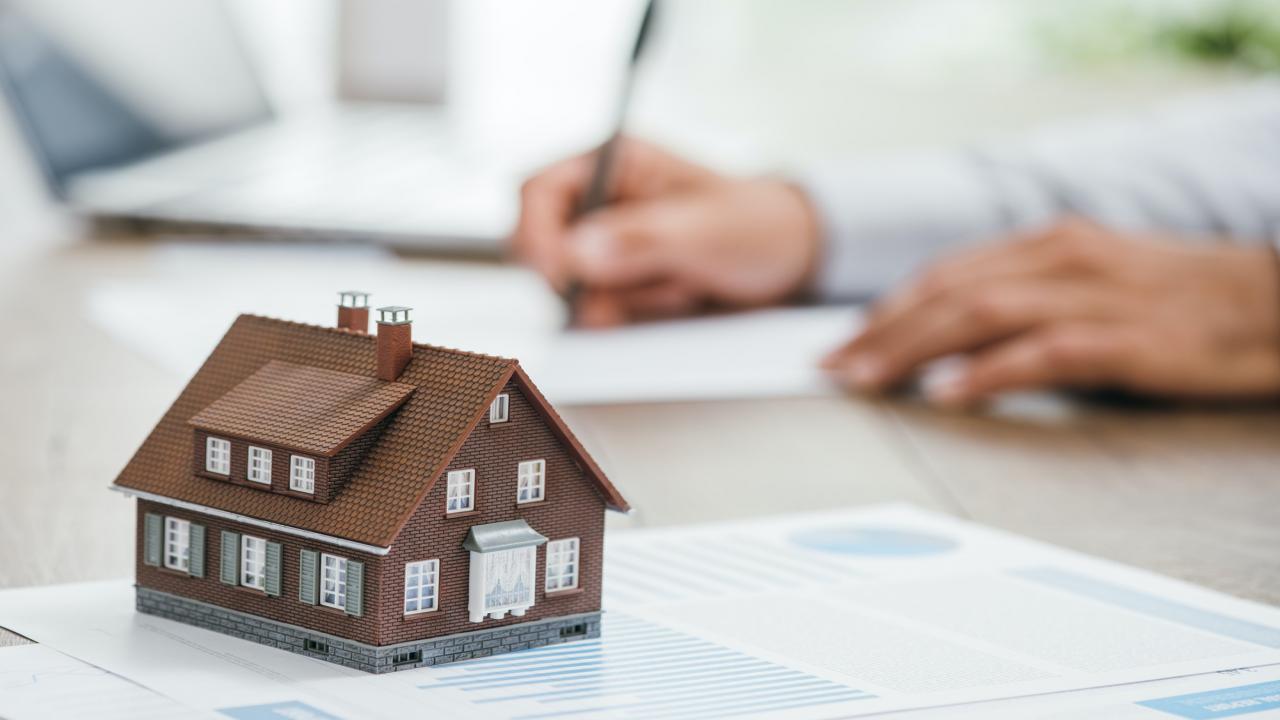The Pros and Cons of Different Home Financing Options
Purchasing a home is a major financial decision, and choosing the right financing option is crucial....


Trends in Sustainable Architecture: Shaping the Future of Building Design
As the global population grapples with the harsh realities of climate change and environmental degradation, industries across the board are being challenged to find sustainable solutions. Among them, the architecture and construction industries have taken center stage with their commitment to innovative and eco-friendly design practices. Sustainable architecture not only addresses environmental concerns but also creates healthier, more energy-efficient living and working spaces. In this exploration of trends in sustainable architecture, we delve into the cutting-edge practices and concepts that are shaping the future of building design.
Passive Design Principles
At the forefront of sustainable architecture is the principle of passive design. This approach emphasizes the use of natural elements to enhance a building's performance. Architects strategically place windows to maximize natural light, design for cross-ventilation, and utilize thermal mass to regulate indoor temperatures. By incorporating passive design principles, architects aim to reduce the reliance on artificial heating and cooling systems, thus reducing energy consumption and minimizing the building's carbon footprint.
Green Roofs and Living Walls
Another prominent trend in sustainable architecture is the integration of green roofs and living walls. Such features not only enhance the aesthetic appeal of a building but also contribute to energy efficiency and biodiversity. Green roofs provide insulation, reduce stormwater runoff, and offer additional green space, while living walls improve air quality and provide habitats for urban wildlife. These additions not only benefit the environment but also create a more pleasant and visually appealing space for occupants.
Net-Zero Energy Buildings
The concept of net-zero energy buildings represents another significant trend in sustainable architecture. This concept aims to balance the amount of energy a building consumes with the renewable energy it produces. With advancements in solar panels, wind turbines, and energy-efficient technologies, it is increasingly feasible for buildings to achieve net-zero energy status. This trend reflects a commitment to reducing carbon footprints and promoting energy independence, as buildings become self-sufficient in meeting their energy needs.
Circular Design and Materials
Sustainable architecture is also embracing circular design principles, emphasizing the use of renewable, recycled, and upcycled materials. Architects are exploring ways to create buildings that can be disassembled and materials that can be repurposed or recycled at the end of a building's life cycle. This approach not only reduces waste but also promotes a more sustainable, circular economy within the construction industry. By prioritizing the use of environmentally friendly materials, architects and developers can contribute to a more sustainable future.
Smart Building Technologies
The integration of smart technologies is revolutionizing sustainable architecture as well. Energy-efficient HVAC systems, advanced building management systems, and real-time data analysis ensure optimal resource usage and enhance occupant comfort. The use of smart technologies enables buildings to adapt and respond to environmental conditions and user needs. By integrating these technologies, architects are paving the way for intelligent, responsive buildings that minimize their ecological impact.
Biophilic Design
Lastly, biophilic design seeks to connect occupants with nature by incorporating natural elements into the built environment. This can include the use of natural materials, abundant daylight, and the integration of green spaces within and around buildings. Biophilic design has been shown to enhance well-being, productivity, and overall satisfaction among building occupants. By creating spaces that promote a connection with nature, architects are fostering environments that prioritize the human experience while minimizing the impact on the environment.
In conclusion, the trends in sustainable architecture are driving a transformative shift in the way buildings are designed, constructed, and operated. Architects and developers are embracing these trends not only as a response to environmental challenges but also as a commitment to creating healthier, more resilient communities. By incorporating passive design principles, integrating green roofs and living walls, aiming for net-zero energy consumption, embracing circular design and materials, integrating smart building technologies, and incorporating biophilic design, the architecture and construction industries are shaping a future where buildings not only harmonize with the natural world but actively contribute to its preservation. Through these innovative practices, sustainable architecture is not only reshaping the built environment but also inspiring a global movement towards a more sustainable and eco-conscious future.
Purchasing a home is a major financial decision, and choosing the right financing option is crucial....
As the global population grapples with the harsh realities of climate change and environmental degradation, industries across the board are being challenged to find sustainable solutions. ...